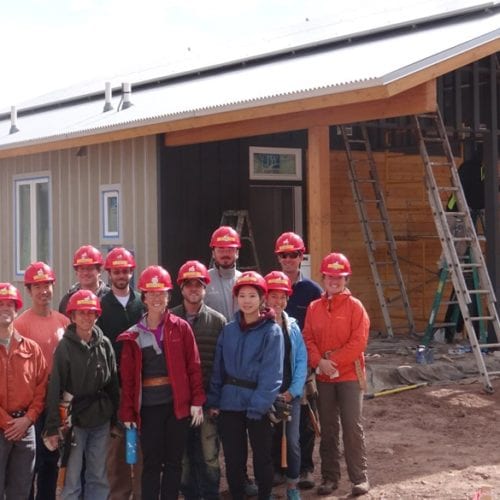
Electricity

Texas’s X Factor
When it comes to its energy use, Texas really is bigger. On an absolute basis, the Texas energy sector emitted nearly twice as much carbon dioxide as the second-highest-emitting US state and accounted for more than 12 percent of all US carbon emissions in 2016 (the latest year for…

Cities in Red and Blue States Act for a Clean Energy Future
As the two-year anniversary of President Trump’s announcement to withdraw from the Paris Climate Agreement approaches on June 1, cities across the country are demonstrating leadership in the face of uncertainty about the administration making the exit official in November. And while various efforts such as the Green…

An Affordable, Net-Zero, All-Electric Community in the Colorado Rockies
Last week the Rocky Mountain Institute Basalt office (and two of our Boulder colleagues) had an amazing opportunity. We were able to volunteer to help build houses with Habitat for Humanity. But these weren’t just regular houses. These are in the first affordable, net-zero, and all-electric housing project in Western…

Four US States Scoring Under-the-Radar Clean Energy Wins
This blog post originally appeared on the World Resources Institute blog. In the United States, the falling cost of renewable energy means the economic case for investing in renewables is stronger than ever before. Across the country, from South Carolina to Nevada, states are taking new measures to…

The Energy Sector Needs to Stop Seeing Blockchain as a Disruption
The Energy Web Foundation (EWF) was cocreated by Rocky Mountain Institute and Grid Singularity. Representatives of both organizations serve on EWF’s Foundation Council. Across both sides of the blockchain aisle—both industries contemplating the technology’s implications and evangelists advocating its adoption—people often describe blockchain as the next big disruptor. Skeptics tend…